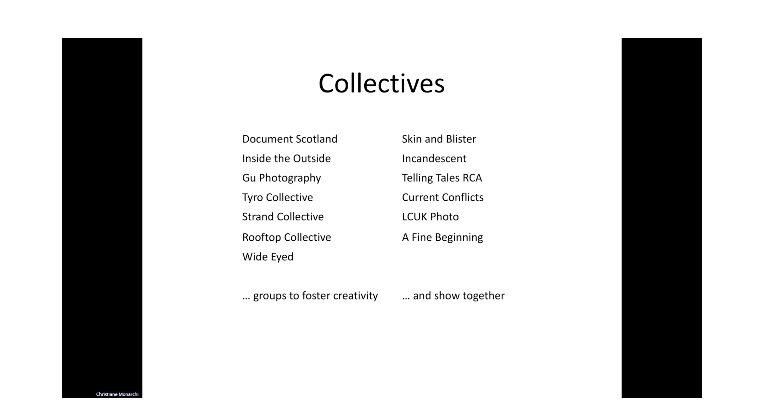Trial Assignment PDF
Having published a PDF with an extended payload of hi-res photographs last week, in preparation for the one to one meeting with the Module Leader, it was time to keep to plan and size the file. There is a 10MB file limit for the assessment. Success! Over 50 images, which should be over that needed to submit the Assessment PDF and filesize which was whopping has dropped to 5.5MB with no appreciable loss of quality on-screen.
In contemplating the book publication, a second PDF is required and this would need to be produced at high resolution.
There are some known niggles in the content of the following but here is the ‘same’ or equivalent PDF from last time but in its new reduced size. The PDF has been created using industry-leading page layout software Adobe InDesign:
This was an important trial and it has worked. The picture content can be refined as one image went missing during the day and will be tracked down. Three images processed with marginally incorrect height – width was fine.
The experience improved with some practice. Images untreated, or taken as they were at multiple size, needed to be standardised and this took place using Adobe Bridge – Photoshop to run some automation to fix dots per inch and pixel WxH to fit the page and the adjusted 3mm page margins created.
The more work done in preparation the easier it was to manage InDesign. Not just easier, the experience went from impractical to smooth operation.
Some bells and whistles will be added at the next iteration using available image files – many new items are being lined up to go into work, although the exhibition is expected to repeat the 18 number of prints created at a summer run of the exhibition. A greater number of images would be required of a book. The book number will be limited by shadowing standard commercial offerings in view of the potential cost impact in later in taking the hand bound book dummy to a designer.
Returning to the immediate needs, sections have to be added for
- captions,
- text (make an appropriate selection fo text),
- a bibliography,
- attribution list for images,
- content page,
- interactive elements, next/prev buttons, section buttons and so on.
Exhibition Printing
Paper and printing considerations and mounting without frames become necessary to investigate for the charcoal style sepia images with the given light vignette border style. A lesser paper choice last time, was Epson double-sided matte for the handbound book and laser paper for the exhibition guide.
Hahnemuhle art paper has been suggested, whereas until now gloss was chosen for its handling of deep blacks.
Board mounting needs consideration as well as the method of hanging. A professional exhibition stand lined up for the exhibition – not used during the summer, is not recommended at this stage.
It is recommended to print as early as possible to anticipate the time need for adjustments. A first print was made! The available paper stock was Epson double-sided matte, used in making the book for an earlier Ed Ruscha challenge.
There are numerous actions required in the making process to be visited. ISSUU has been revisited as it is used as a means of simulating the book to aid the design, printing and binding. It also makes an electronic version publicly available.
The https://turnerphoto.art website was trialled in the previous module as a commercial selling site and unexpectedly went offline and has since been restored. At present, the marked assessment items take priority over website building and the selling of photographs is something for beyond the course.
These technical matters are always tempting to get involved in but for now, a reasonably good PortfolioBox portfolio site has been maintained and although there are layout limitations each use, there are get around and the company is meant to be quite responsive, although it has not been witnessed personally.
The website had a different purpose earlier in the course, where now, like during the Summer exhibition practice run, it is intended as a support to the exhibition in terms of proving multimedia in promoting it and in generating atmosphere.
In the same vein, social media is being lined up for promoting going public. Instagram has been quiescent for a while ready to roll once the exhibition date is decided (third week of March or first week of April) depending on making more work of publishable standard and whether or not to attend the Falmouth 2020 Face to Face ‘week’.
The outbreak of coronavirus and its spread through international travel could be a risk with this year’s event. A watching brief is being made at present. This is particularly sensitive personally having contracted a bug several times last year in spite of being vaccinated.
Not considered yet is a video recording of an artist talk and the remaking of the moving slides video with better images. An artist talk was run several times during the Summer exhibition.
The making of the portable exhibition in a box continues to be important in moving beyond the studio confines to take the discussion wider to allow it to continue. An unexpected benefit last time was it generated an invitation to attend an art sale. The commercial element whilst welcomed was a little ahead of practice development at that stage.







